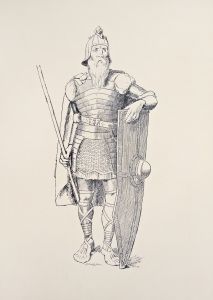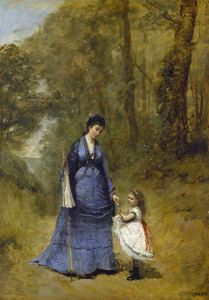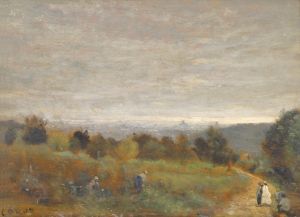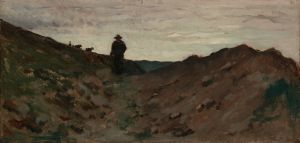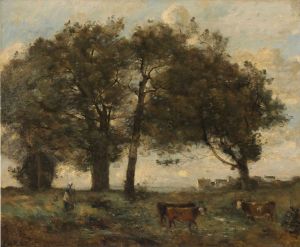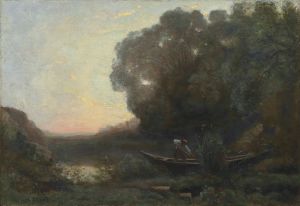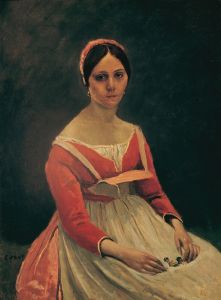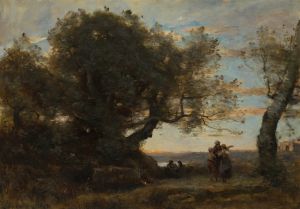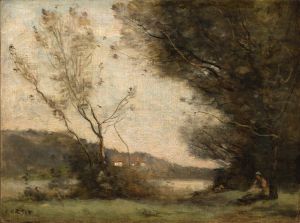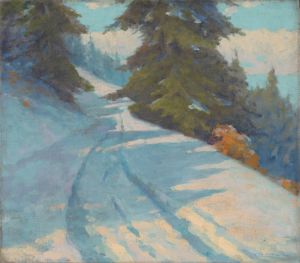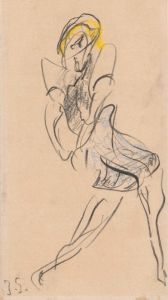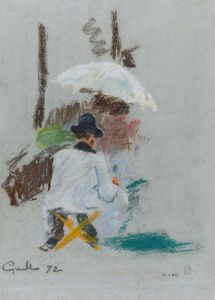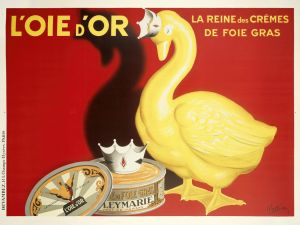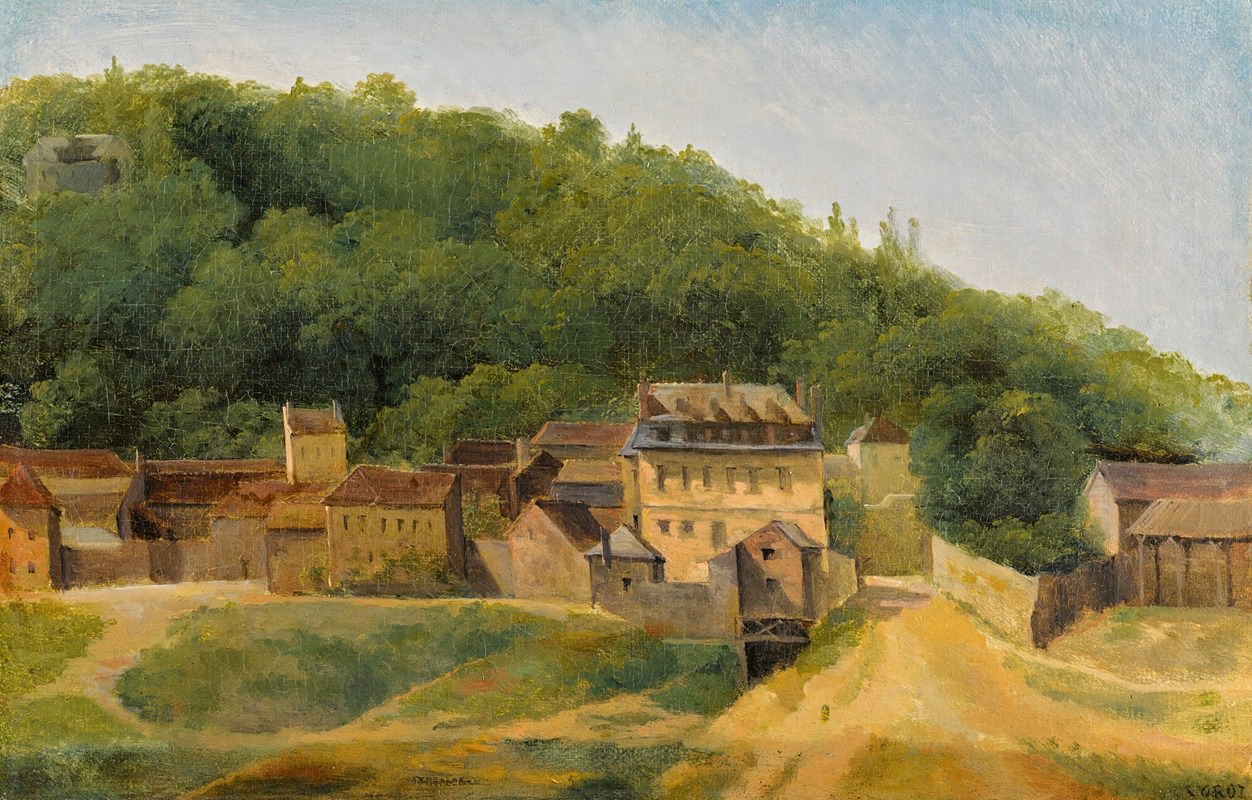
The Cabassud Houses, Ville-D’avray
A hand-painted replica of Jean-Baptiste-Camille Corot’s masterpiece The Cabassud Houses, Ville-D’avray, meticulously crafted by professional artists to capture the true essence of the original. Each piece is created with museum-quality canvas and rare mineral pigments, carefully painted by experienced artists with delicate brushstrokes and rich, layered colors to perfectly recreate the texture of the original artwork. Unlike machine-printed reproductions, this hand-painted version brings the painting to life, infused with the artist’s emotions and skill in every stroke. Whether for personal collection or home decoration, it instantly elevates the artistic atmosphere of any space.
Jean-Baptiste-Camille Corot, a prominent French landscape and portrait painter, is often associated with the Barbizon School, a movement that laid the groundwork for Impressionism. Among his extensive body of work, "The Cabassud Houses, Ville-D’avray" stands out as a notable example of his landscape painting, capturing the serene and picturesque environment of Ville-d'Avray, a commune in the western suburbs of Paris.
Corot was born in Paris in 1796 and began his artistic career in the early 19th century. He was known for his ability to blend traditional landscape painting techniques with a more modern, naturalistic approach. His works often feature a delicate balance between light and shadow, capturing the essence of the natural world with a keen eye for detail and atmosphere.
"The Cabassud Houses, Ville-D’avray" is a testament to Corot's skill in portraying the tranquil beauty of rural France. Ville-d'Avray was a place of personal significance to Corot, as his family owned a house there, and he frequently visited the area throughout his life. This connection is evident in the intimate and affectionate manner in which he depicted the landscape.
In this painting, Corot presents a view of the Cabassud houses, nestled amidst lush greenery and bathed in soft, diffused light. The composition is characterized by its harmonious arrangement of natural elements, with trees and foliage framing the scene and leading the viewer's eye towards the houses. Corot's use of a muted color palette, dominated by greens and earth tones, enhances the sense of tranquility and timelessness that pervades the work.
Corot's technique in this painting reflects his mastery of plein air painting, a method that involves painting outdoors to capture the natural light and atmosphere of a scene. This approach was revolutionary at the time and influenced many later artists, including the Impressionists. In "The Cabassud Houses, Ville-D’avray," Corot's brushwork is both precise and fluid, allowing him to convey the texture of the landscape and the play of light across the scene with remarkable subtlety.
The painting also exemplifies Corot's ability to evoke a sense of place and mood. The quiet charm of the rural setting, combined with the gentle interplay of light and shadow, creates an atmosphere of peace and introspection. This quality is a hallmark of Corot's work and contributes to his enduring reputation as one of the great landscape painters of the 19th century.
"The Cabassud Houses, Ville-D’avray" is housed in a private collection, and like many of Corot's works, it continues to be celebrated for its beauty and technical excellence. Corot's influence on the development of landscape painting is significant, and his works remain a source of inspiration for artists and art lovers alike.
In summary, Jean-Baptiste-Camille Corot's "The Cabassud Houses, Ville-D’avray" is a quintessential example of his landscape painting, showcasing his ability to capture the serene beauty of the French countryside with a masterful blend of technique and emotion. The painting reflects Corot's deep connection to Ville-d'Avray and his pioneering approach to capturing the natural world, securing his legacy as a pivotal figure in the history of art.





